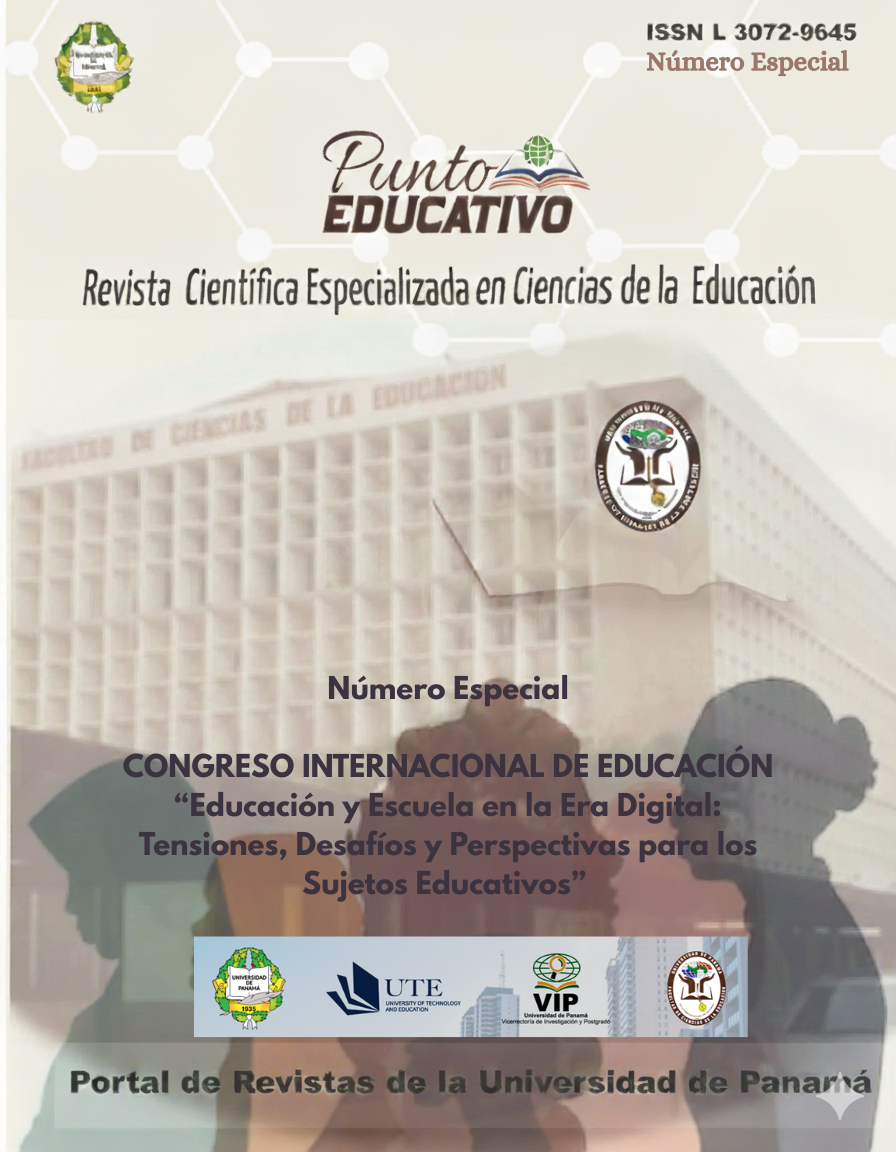

Copyright (c) 2025 Punto educativo

This work is licensed under a Creative Commons Attribution-NonCommercial-ShareAlike 4.0 International License.
The goal of this essay is to compare individuals from the 20th century and the 21st century, along with discussing three key elements: active methodologies, ICT, and inclusion, which together contribute to the quality and equity of education. For education to be more equitable and of higher quality, it requires a transformation. This demand, which has been happening slowly, needs immediate changes to address an individual who is urgently calling for change and innovation in the preparation offered by the educational system to face a globalized world flooded with information. An individual who urges changes in the teacher’s role as a guide and mentor to take on the challenges of innovation and modernity. It is highlighted that the teacher who accepts modernity and adopts all the changes surrounding their profession and the new society around them will have a very significant role and will not be outdated or out of context. This teacher positions themselves horizontally with the student, is humanistic, and therefore recognizes the great value of inclusion; they significantly instruct their students and will make them autonomous, competent, investigative, critical, contextualized, creative, capable of working in teams, and able to build their own learning based on their reality and context.